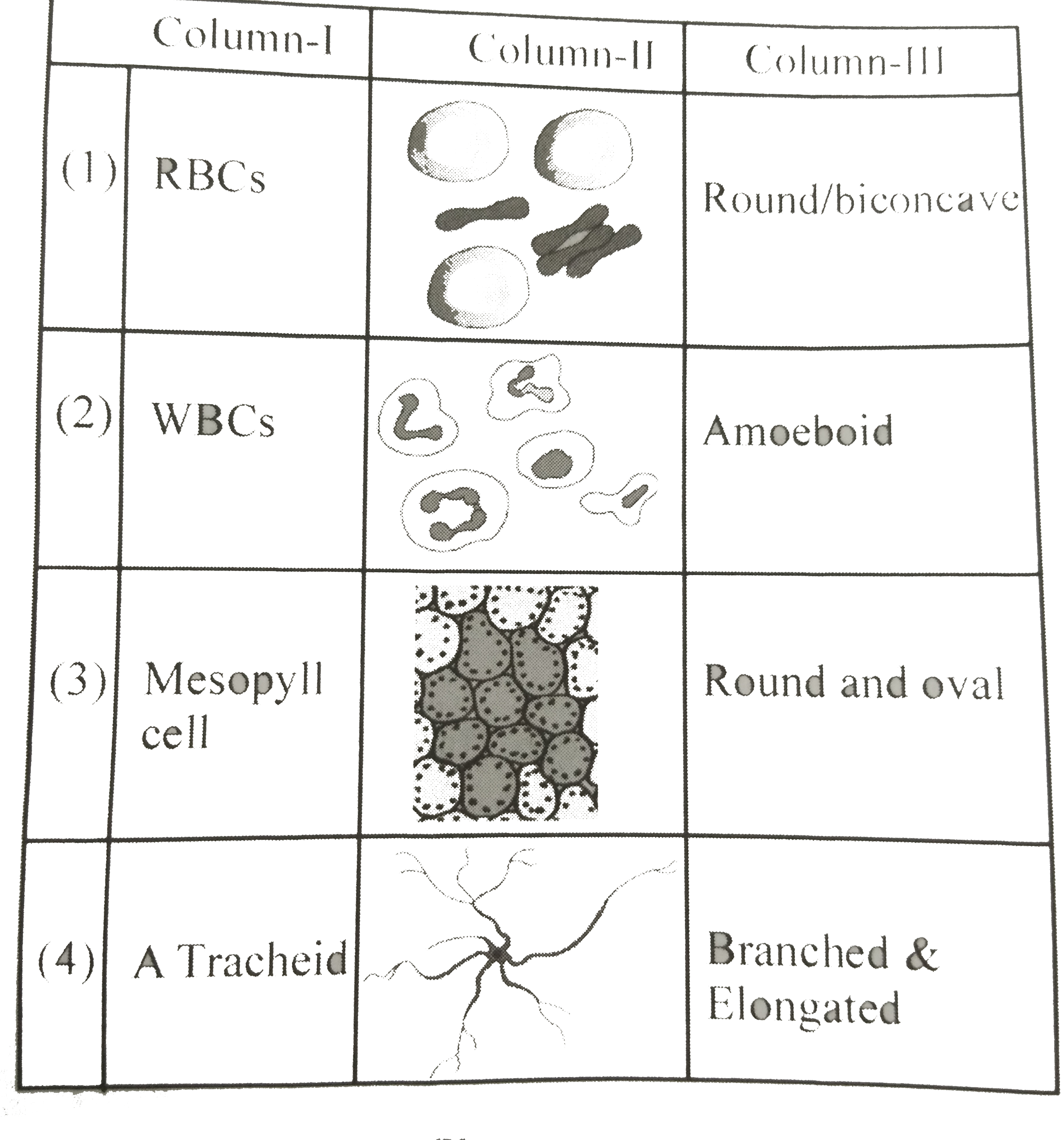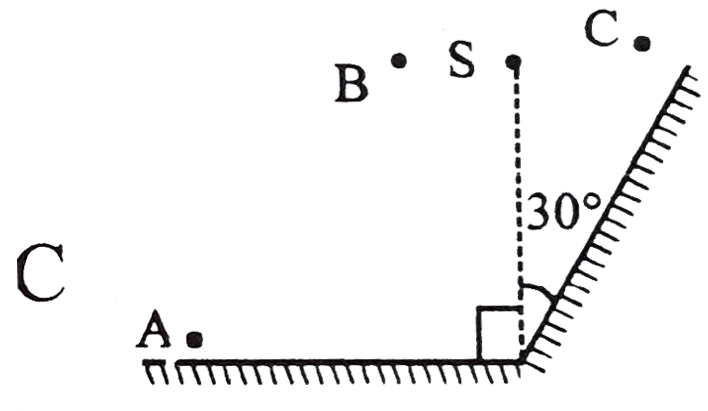A polariod (I) is placed in front of a monochromatic source. Another polariod (II) is placed in front of this polariod (I) and rotated till no light passes. A third polariod (III) is now placed in between (I) and (II), then
when axis of (I) and (III) are parallel then no light emers out of (II)
when axis of (II) and (III) are parallel then no light emerges out of (II)
When axis of (I), (III) and (II) are non-parallel then light emerges out of (III)
For any position of (III) no light emergens out of (II)
The correct Answer is:A, C
Only on the special cases when the pases axis of (III) is parallel to (I) or (II) there shall be on light emerging. In all other cases there shall be light emerging because the pass axis of (II) is no longer perpendicular to the pass axis of (III).
Topper's Solved these Questions
- BOOK - NARAYNACHAPTER - WAVE OPTICSEXERCISE - LEVEL - V37videos
WAVE OPTICS
- BOOK - NARAYNACHAPTER - WAVE OPTICSEXERCISE - LEVEL - VI40videos
WAVE OPTICS
- BOOK - NARAYNACHAPTER - WAVE OPTICSEXERCISE - LEVEL - III30videos
WAVE OPTICS
- BOOK - NARAYNACHAPTER - SEMICONDUCTOR ELECTRONICSEXERCISE - ADDITIONAL EXERCISE (ASSERTION AND REASON TYPE QUESTIONS :)19videos
SEMICONDUCTOR ELECTRONICS
Similar Questions
A polariod (I) is placed infront of a monochromatic source. Another polariod (II) is placed in front of this polaroid (I) and rotated till no light passes. A third polaroid (III) is now placed in between (I) and (II). In this case, wil light emerge from (II) . Explain.
View SolutionIncorrect match between column-I, II and III
 View Solution
View Solution
Knowledge Check
- Question 1 - Select One
A point source of light is placed in front of a plane mirror.
AAll the reflected rays meets at a point when produced backwardBony the reflected rays close to the normal meet at a point when produced backwardCony the reflected rays making a smal angle with the mirror meet at point when prodced backward.Dlight of different colours make different images - Question 2 - Select One
Pb has been placed in groups I and II because
AIt shows the valency of one and twoBIt is partly soluble in H2OCIt forms insoluble PnCI2DIt from lead sulphide - Question 3 - Select One
Lead has been placed in the group I and II because
Ait shows the valency of one and twoBit forms insoluble PbCl2Cit forms lead sulphideDit is partially soluble in water
A polaroid is placed at 45∘ to an incoming light of intensity I0. Now the intensity of light passing through polaroid after polarisation would be
View SolutionA polaroid is placed at 45∘ to an incoming light of intensity I0. Now the intensity of light passing through polaroid after polarisation would be
View SolutionA point source of lightS is placed in front of two large mirros as shown .Which of the following observes will see only one image of S?
 View Solution
View SolutionUnpolarised light of intensity I passes through an ideal polariser A. Another identical polariser B is placed behind A. The intensity of light beyond B is found to be I2. Now another identical poariser C is placed between A and B. The intensity beyond B is now found to be I8. The angle between polariser A and C is :
View SolutionUnpolarised light of intensity I passes through an ideal polariser A. Another identical polariser B is placed behind A. The intensity of light beyond B is found to be I2. Now another identical polariser C is placed between A and B. The intensity beyond B is now found to be I8 . the angle between polariser A and C is
View Solution

